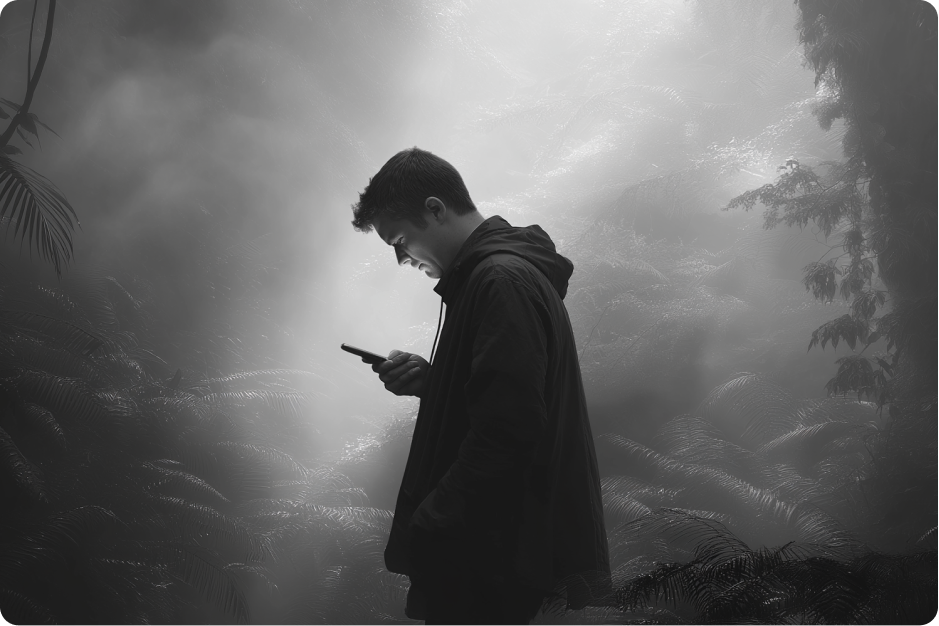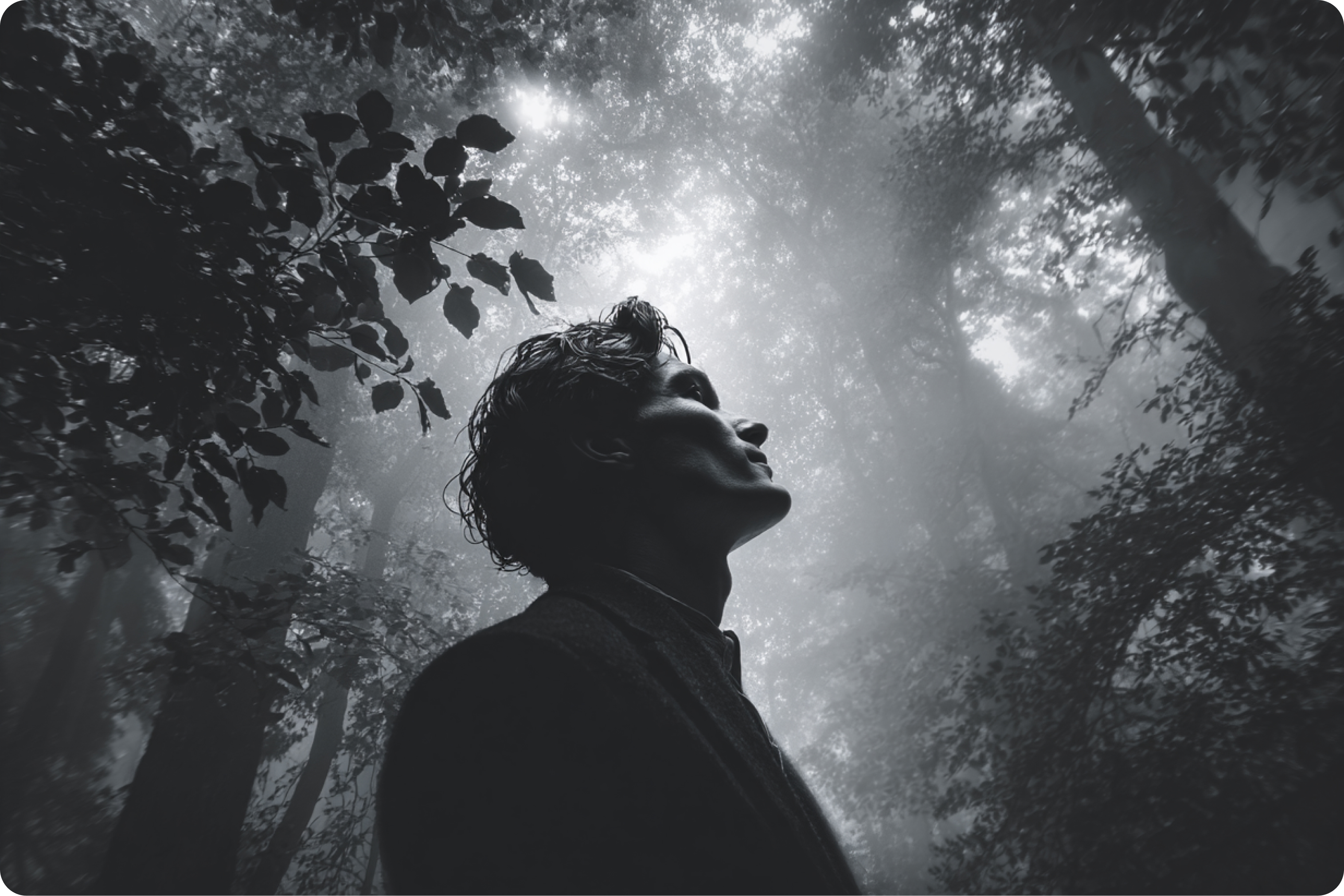The Unspoken Framework Behind Creative Greatness

“We like within our limitations — and our limitations often shape what we like.”
This quiet truth sits at the heart of every creative journey, whether you’re designing a brand campaign, leading a team of digital creators, or building a product from the ground up. It challenges the myth that great ideas come from boundless freedom, and instead reveals how the best design, marketing, and leadership emerge from constraint, clarity, and cultivated taste.
I. Limitations as the Architect of Taste
The concept of adaptive preference — where people come to prefer what is available to them — has been discussed by economists like Amartya Sen and psychologists studying behavioral adaptation. In creative terms, this means we often fall in love with what our environment allows us to create.
The tools we use, the platforms we have access to, the budget, the client constraints — all of these start to mold not just the output, but the identity of the creative individual or team.
Consider the work of Dieter Rams, the legendary Braun designer, whose “Less but better” philosophy wasn’t just aesthetic — it was born in a post-war German economy with limited resources. Rams turned that limitation into timeless minimalism. His work would later inspire Jony Ive, Apple’s design genius, who said:
“What we make is often shaped by what we’re not able to do.”
This is not limitation as failure — it’s limitation as form-giver.
II. Creativity Thrives on Constraints, Not Chaos
In the digital age, where platforms and possibilities are infinite, the biggest threat to creativity isn’t limitation — it’s overchoice.
Research by Barry Schwartz, author of The Paradox of Choice, shows how too many options can lead to paralysis and dissatisfaction. Creative teams today face this constantly: endless tools, trends, and channels. The result? Shallow work, diluted vision, and disconnected storytelling.
True creative leaders know how to set intentional boundaries:
- A clear tone of voice
- A narrow user persona
- A fixed color palette or design system
- A decision to not chase trends
These constraints focus the team’s energy and define the sandbox where innovation happens. As Paul Rand once said:
“Design is the method of putting form and content together. Design, just as art, has multiple definitions; there is no single definition. But there is constraint — and within that constraint lies creativity.”
III. Liking Is Contagious — Especially from the Top
As a creative leader, your personal taste is more powerful than you think. What you “like” — in campaigns, typography, color palettes, brand tone — becomes a cultural signal. The team orbits around it. Slowly, your limitations become their likings.
This is why great design leaders constantly evolve. If your personal tastes haven’t shifted in two years, your team is probably stuck inside the same creative loops — using the same references, playing it safe.
Stefan Sagmeister, known for his bold, provocative design work, talks about “style as a lie” — a rigid cage that can restrict growth. Leaders must guard against their own stylistic comfort zones. By exposing themselves to new formats, new audiences, and yes, even discomfort — they unlock creative evolution for their teams.
IV. From Surviving to Thriving: Making Limitations Work for You
Some of the most iconic brands and campaigns were born from constraints:
- Nike’s “Just Do It” launched when Reebok dominated the market and Nike had to find emotional resonance over functional features.
- Mailchimp, for years, had a small dev team — so they leaned into quirky branding and storytelling instead of complex features. That voice became their signature.
- Liquid Death turned “selling water” — a historically dull category — into a viral punk movement, using content over product innovation.
These are not stories of “liking what you do” by chance — they’re stories of learning to like what you’re allowed to do, and pushing it to its most expressive, effective version.
V. The Digital Age: Democratization and Discipline
In today’s digital-first world, where tools like Figma, Notion, and AI are accessible to all, limitations have shifted from material to mental:
- Focus is the new constraint.
- Taste is the new skill.
- Curation is the new creativity.
Anyone can design, but not everyone can decide what not to do. That’s where taste — often shaped by your limitations — becomes a competitive advantage.
Frank Chimero, designer and author of The Shape of Design, writes:
“People ignore design that ignores people.”
In other words, impact isn’t found in showing off limitless capability. It’s found in intentionality — designing within limits that matter to the user.
VI. Conclusion: From Constraint to Identity
Great creative teams don’t just cope with limitations. They convert them into character.
The minimalist who couldn’t afford full production becomes a visual storyteller with taste for restraint.
The UX team that had no motion designer learns to communicate powerfully through typography and space.
The creative director who used to fear color now leans into black and white with religious confidence.
These are not failures. These are signatures — born from limitation, and loved into identity.
In the end, what you like isn’t just what excites you. It’s what you’ve learned to value, master, and defend inside your creative limits.
So if you lead a team — or even just yourself — don’t run from limitation. Get curious about what it’s teaching you. Because in a world of noise, the teams who win are not the ones who do the most — but the ones who know why they like what they do.




